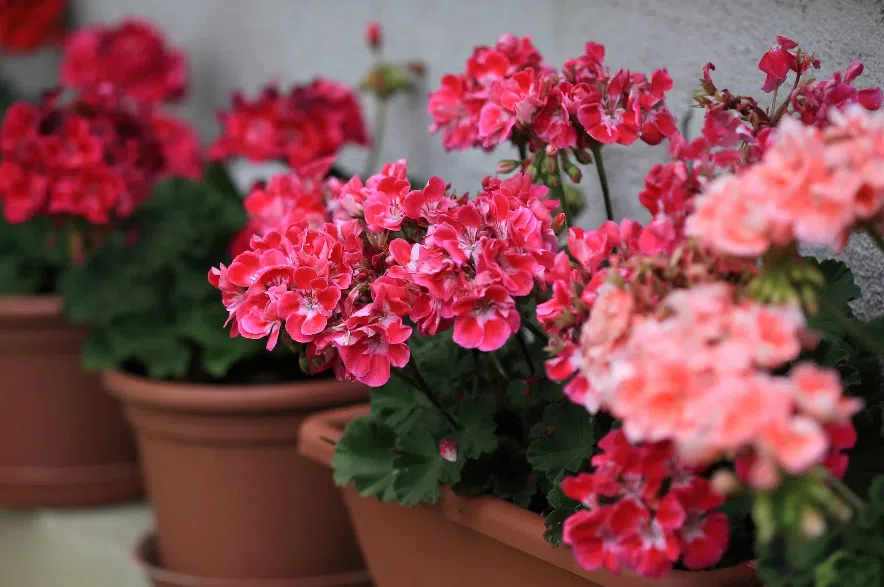Winter is a crucial time for the garden and the plants that inhabit it. Thus, it is no surprise that gardeners have a lot of questions about how best to use the colder months to guarantee a successful growing season. In this article, we will provide answers to some common winter gardening queries, which will hopefully serve as a helpful guide to understand the best way to handle your garden now that winter is approaching.
To begin, let’s address a common question: How to winter pots of geraniums effectively? The recommended strategy involves cutting them back by approximately half to one third and then taking them inside, whether in a garage with a grow light or a basement where there’s a small window. Decrease your watering, allowing them to go dry, but not completely. The goal is to preserve your mother plants. You can expect the leaves to fall off, leaving the plant looking somewhat lanky. After this process, you can take cuttings from your plant in January or February, and root them for the following season. Using a rooting hormone powder for softwood cuttings can help them root quickly. After taking cuttings, cut the mother plant back considerably, allowing it to grow back from the base.
Next, there’s also been a question about whether perennial ferns can be planted in a pot and come back every year. Unfortunately, this is not recommended. Perennial ferns need to be planted in the ground to avoid freezing and thawing throughout the winter that can severely damage the plant. You may bury the pot in the ground and remove it each year, using paper to prevent staining from the soil. However, do not use plastic as the plant needs the ground’s warmth as protection. If necessary, you can bring the pot inside a garage or similar space with temperatures just above freezing and no lower than minus 5 degrees Celsius.
As for the question whether seeds expire or can they be used the following year, they can indeed be utilized for the following year. Ensure to store them in a container that doesn’t trap moisture. Over time, the germination rate may decrease slightly, but this can be compensated by planting a few additional seeds in each hole.
Existing questions about mid-October watering for spruce and pine trees indicate gardeners are wary of the right timing. It’s advisable to wait till the leaves turn colour before doing so. If the leaves are still very much green, give it more time until the frost has taken full effect.
Additionally, many plant enthusiasts show concern over protecting Grand Select patio roses during winter. The common practice is to either place pots containing these roses into the ground or move them inside a garage or similar space. Tender tea roses, particularly, have a graft point on the stem that needs to go below the freezing line. Protect the plants further by wrapping them in burlap or putting leaves or bark mulch in a box with open flaps.
Another frequently asked question is the management of garlic over the winter. After drying the topped garlic in a cool, dark place, store it in an environment where it won’t wick moisture away, avoiding anywhere near a heat source. Milk carton crates or a mesh bag is good for storage of garlic.
Finally, another crucial plant move is the transplanting of peonies in mid-October. This can be done, but remember to water them in once you plant them. To ensure their survival, especially during their first year, mound them with mulch. But, bear in mind that peonies form their flower buds in the fall, so you have to be careful not to nick the very tips of the stem. After their first year, mulching them should not be necessary.
Gardening, as you can see, requires a combination of knowledge absorption and skill implementation. The wintering period is an opportunity to prepare for the rebirth of your garden, and we hope that this gardening advice will help you to put to good use.




